From emergency protection to representative heritage of humanity
As a type of ritual folk song with historical, cultural and artistic values, closely related to the Hung King worship, Xoan singing was once at risk of being lost and forgotten. With its outstanding global values, in 2011, UNESCO included Phu Tho Xoan singing - Vietnam in the list of Intangible Cultural Heritage in need of urgent protection.
 When recognized by UNESCO, the heritage of Then singing was preserved and strongly promoted. Photo: Th. Nguyen
When recognized by UNESCO, the heritage of Then singing was preserved and strongly promoted. Photo: Th. Nguyen
Dr. Nguyen Dac Thuy, Director of the Department of Culture, Sports and Tourism of Phu Tho province, said that after Xoan singing was recognized by UNESCO, the province proactively developed a plan to preserve and promote its value for a 5-year period and each year with specific measures such as: inventorying, updating and documenting the pieces; caring for and training artisans and successor artisans, issuing policies to support artisans; organizing teaching activities in original Xoan guilds and communities; restoring cultural spaces and rituals related to Xoan singing practice; promoting and bringing Xoan singing into schools... Thereby, the heritage has been restored and created sustainable vitality. All 31 ancient Xoan pieces held by veteran artisans have been practiced, documented and passed on to the next generation.
These efforts of Phu Tho were recognized by UNESCO when in 2017, Xoan singing was removed from the list of Intangible Cultural Heritage in Need of Urgent Safeguarding and entered the list of Representative Intangible Cultural Heritage of Humanity. With activities combining conservation with reasonable exploitation, Xoan singing has gradually created vitality, bringing it to the general public.
Many intangible cultural heritages of Vietnam recognized by UNESCO have been strongly promoted, creating a push for better preservation in life. In 2019, the Then practice of the Tay, Nung, and Thai people in Vietnam was included in the list of representative intangible cultural heritages of humanity. According to Prof. Dr. Bui Quang Thanh, Vietnam National Institute of Culture and Arts, the recognition has opened up opportunities to promote the preservation and promotion of the value of Then practice. In many localities, clubs have been established, classes have been opened, competitions have been organized, etc., thereby promoting and encouraging the community, especially the younger generation, to actively participate in planning and proposing measures to protect and promote the value of heritage.
Then singing has also become an indispensable tourism product at local tourist attractions. Mr. Duong Van Tuan, Vice Chairman of the People's Committee of Bac Quynh Commune, Bac Son District, Lang Son, shared: Since 2010, Quynh Son Community Tourism Village has received investment and development attention from the Department of Culture, Sports and Tourism of Lang Son, opening classes to teach Then singing, Tinh lute, and building an art troupe to serve community tourism. Then singing has created a great attraction for community tourism in the locality. In 2024, Quynh Son Community Tourism Village welcomed over 12,000 overnight guests and over 80,000 day visitors. Then singing performances help visitors have the opportunity to learn more about the culture and traditional arts of the Tay people...
Filling the “gap” in conservation
Ca Tru was included in the UNESCO list of Intangible Cultural Heritage in Need of Urgent Safeguarding in 2009. Looking back at the journey of preserving and promoting the value of this heritage, Associate Professor, Dr. Le Van Toan, former Director of the National Academy of Music, commented: Vietnam has achieved many encouraging results through activities such as teaching, organizing festivals, and promoting Ca Tru in localities where Ca Tru is performed.
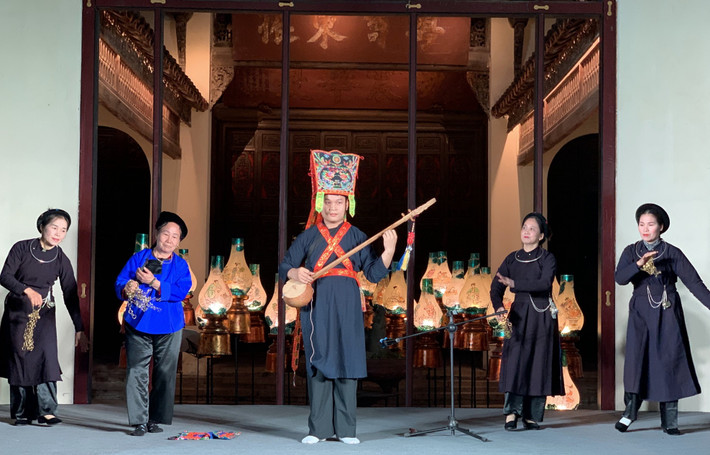 When recognized by UNESCO, the heritage of Then singing is preserved and strongly promoted.
When recognized by UNESCO, the heritage of Then singing is preserved and strongly promoted.
However, up to now, it is still impossible to remove Ca Tru from the list of Intangible Cultural Heritage in need of urgent protection, for many reasons. The number of remaining Ca Tru artists is very small and they are old, weak, and unable to teach; ancient performance spaces have been transformed by many factors. Many Ca Tru activities and practices, although restored, have "obscured" the unique characteristics of this art form. The process of transmitting, practicing, and performing Ca Tru is still largely spontaneous; many localities have done a good job of preserving Ca Tru, but there are also localities that have not really paid attention...
Associate Professor, Dr. Le Van Toan believes that Ca Tru needs more investment in collection, research, practice, and teaching. The top concern now is to organize the teaching and practice of Ca Tru to ensure its inherent "style and appearance". In addition, it is necessary to be creative and diversify ways to effectively implement the goal of protecting sustainable living heritage, bringing Ca Tru to soon surpass the boundary of needing urgent protection to become an intangible cultural product that brings benefits in tourism and art services.
Also an intangible cultural heritage in need of urgent protection, after being recognized by UNESCO, the Cham pottery art has been supported and encouraged by the Ninh Thuan Provincial People's Committee to teach artisans and the community knowledge, techniques and skills in pottery making; to develop a planning plan, expand raw material sources and preserve the Cham pottery craft; to organize programs to introduce and promote the value of the heritage to the public at home and abroad...
Having spent many years researching Cham pottery, Associate Professor, Dr. Truong Van Mon, University of Social Sciences and Humanities, Ho Chi Minh City National University, said that Bau Truc pottery has now received more attention and attracted more tourists, creating conditions for the development of community tourism. However, Cham pottery still faces the risk of extinction due to fierce competition from cheap industrial goods and changes in traditional crafts. Conservation is not only about preserving ceramic products but also protecting the craft and folk knowledge. Therefore, practical solutions are needed to maintain the traditional pottery making craft and develop tourism activities associated with pottery.
Preserving intangible cultural heritage in contemporary life, especially those at risk of extinction, is a long-term and challenging process. UNESCO's recognition of global value can become an important boost in preserving and promoting heritage values when there are synchronous solutions and the cooperation of authorities at all levels, scientists, artisans and the community.
Source: https://daibieunhandan.vn/hoi-sinh-di-san-tu-cu-hich-ghi-danh-post403912.html


![[Photo] General Secretary To Lam receives leaders of typical Azerbaijani businesses](https://vphoto.vietnam.vn/thumb/1200x675/vietnam/resource/IMAGE/2025/5/8/998af6f177a044b4be0bfbc4858c7fd9)
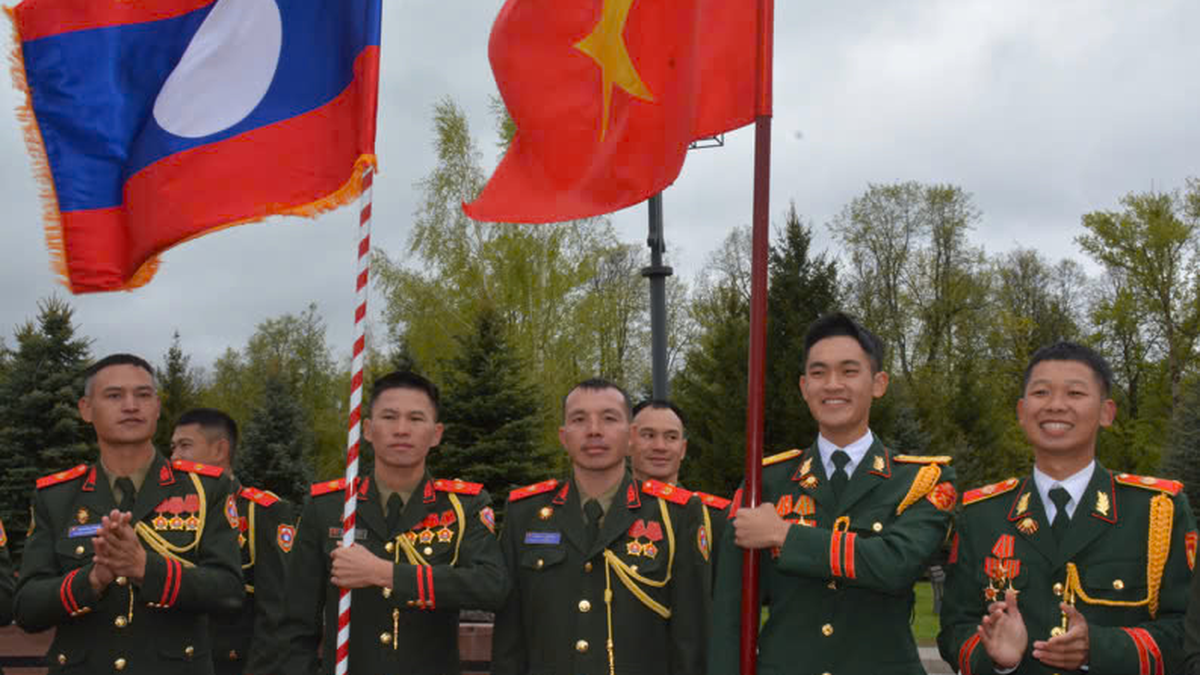
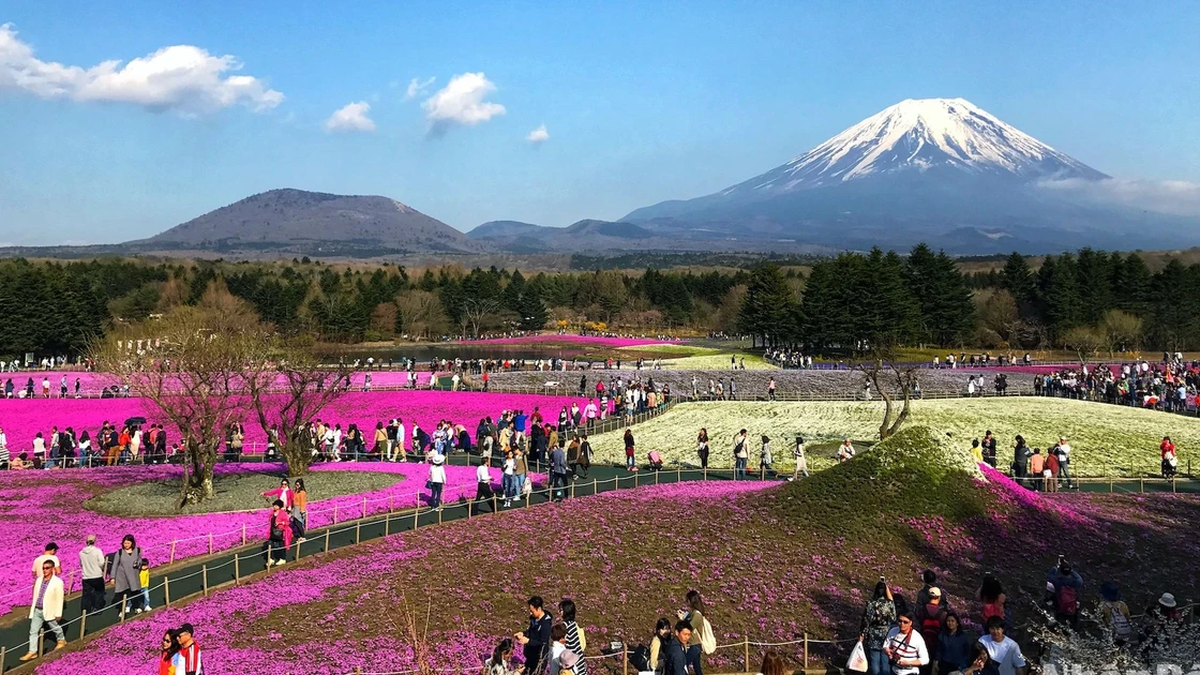
![[Photo] General Secretary concludes visit to Azerbaijan, departs for visit to Russian Federation](https://vphoto.vietnam.vn/thumb/1200x675/vietnam/resource/IMAGE/2025/5/8/7a135ad280314b66917ad278ce0e26fa)
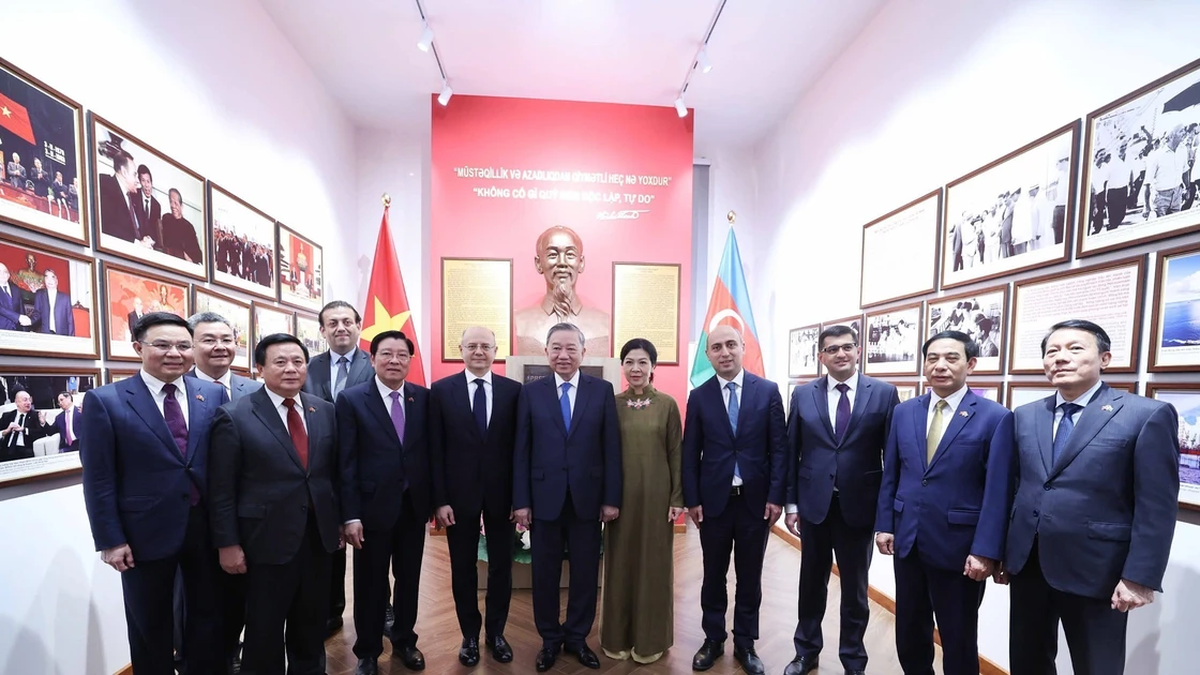

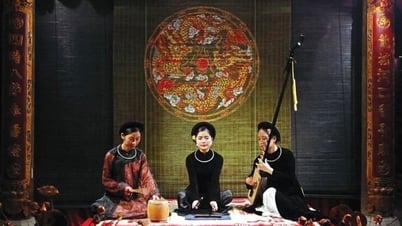





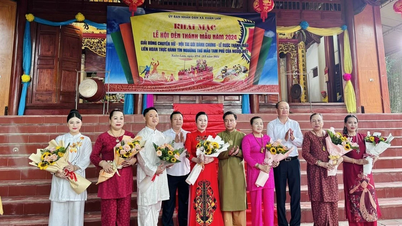



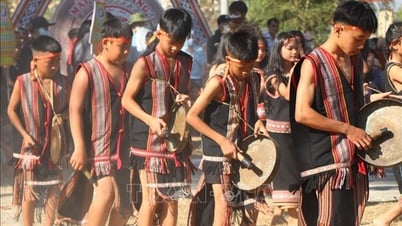















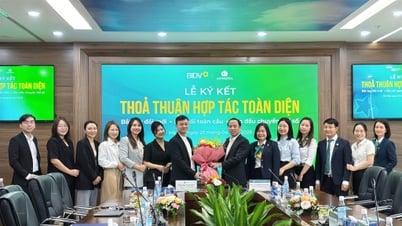

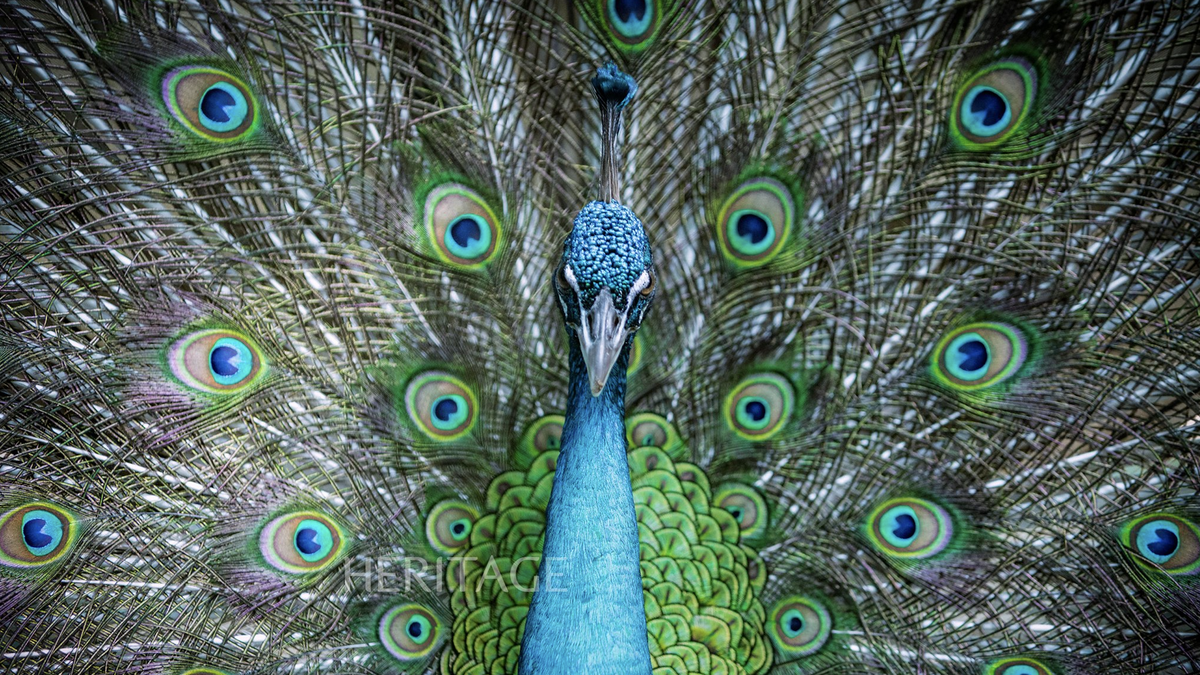













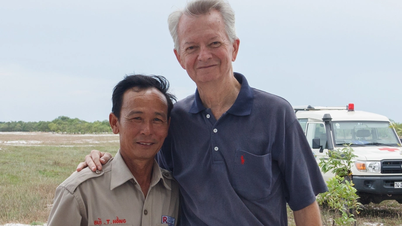












![[Photo] Prime Minister Pham Minh Chinh talks on the phone with Singaporean Prime Minister Lawrence Wong](https://vphoto.vietnam.vn/thumb/402x226/vietnam/resource/IMAGE/2025/5/8/e2eab082d9bc4fc4a360b28fa0ab94de)





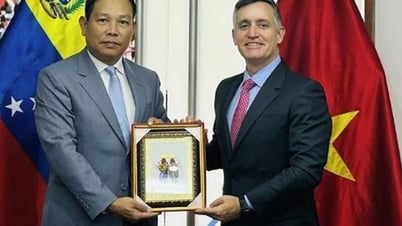




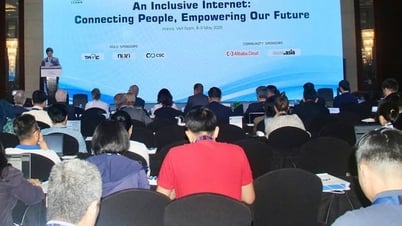




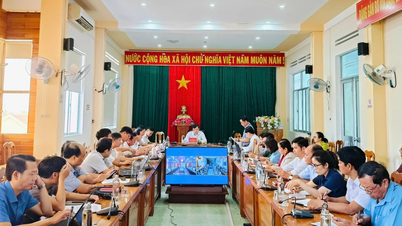

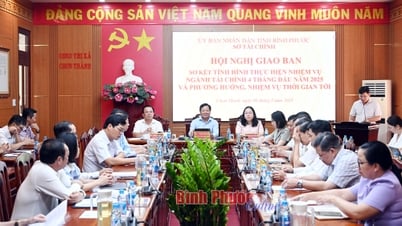















Comment (0)